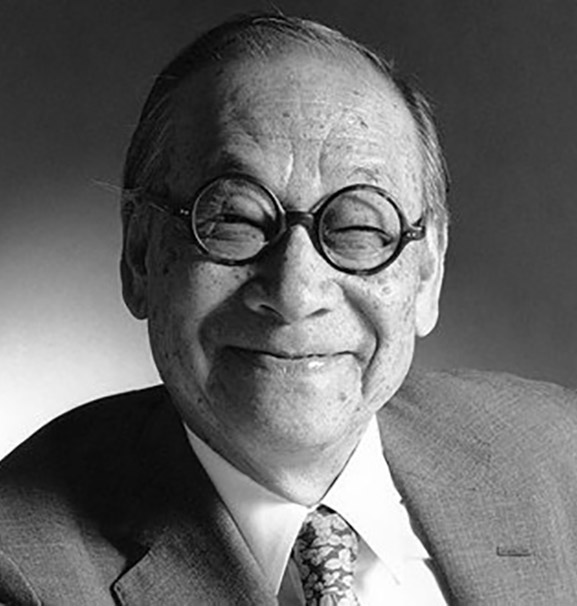I. M. Pei
I. M. Pei was one of the most renowned architects of the 20th and early 21st centuries, known for signature projects such as the Louvre Pyramid and the National Gallery of Art's East Wing.
I. M. Pei began studying architecture in the United States in 1935 and eventually earned his B.A. from MIT and his M.A. from Harvard. After starting his own architectural firm in 1955, Pei went on to design such well-known structures as the Kennedy library, a wing of the National Gallery of Art in Washington, D.C., the glass pyramid at the Louvre, the Museum of Islamic Art and the Rock & Roll Hall of Fame. Pei left his mark with innovative structures around the world — elegant geometries of stone, concrete, glass and steel that earned him countless architecture honors throughout his long and storied career.
Born Ieoh Ming Pei on April 26, 1917, in Canton, Guangzhou, China, Pei traveled to the United States at age 17, initially attending the University of Pennsylvania in Philadelphia before transferring to the Massachusetts Institute of Technology, where he earned a bachelor's degree in architecture in 1940.In 1948, Pei joined New York-based architectural firm Webb & Knapp, Inc., as its director of architecture. In 1955, he left to start his own firm, I. M. Pei & Associates (now known as Pei Cobb Freed & Partners). One of his first major projects was the Mile High Center in Denver, Colorado. Around this time, Pei also devised several urban-renewal plans for areas of Washington, D.C., Boston and Philadelphia.
